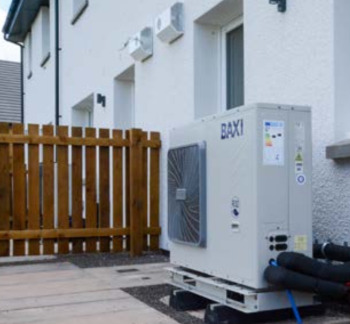Demised premises
In property law, 'demise' means to transfer by lease.
The phrase ‘demised premises’ generally refers to premises that have been transferred by lease, as opposed to the ‘retained parts’ which are not transferred but are retained by the landlord. The phrase can also be used in property deeds, and can sometimes be considered to include the duration of the lease as well as the physical extent of the premises.
The demised premises therefore are generally the parts of the premises that the leaseholder or tenant is permitted to occupy. It is very important to check that the extent of the demised premises set out in the lease correctly reflects both parties understanding of what the leaseholder or tenant is permitted to occupy and what are the retained parts.
This may be set out in terms of an address and a plan or plans with the demised premises clearly edged in black or red. The extent of the demised premises may include; parts of a building (perhaps including lofts or basements) parts of the external landscape, car parking, and so on. Plans may also indicate 'common areas', that is, parts that are shared with others.
In addition to the right to occupy, the lease should set out who is responsible for maintaining and repairing the different parts of the building. While broadly, the tenant or leaseholder is likely to remain responsible for the demised premises, and the landlord the retained parts, this is not necessarily the case and the landlord may, for example, remain responsible for the structure. The situation can be particularly complex where a property is sub-divided into a number of different premises.
Care should be taken defining rights and responsibilities in relation to:
- Superstructure.
- Foundations.
- Roof.
- Common services and plant.
- Premises services.
- Internal load-bearing walls.
- Internal partitions.
- Boundary walls.
- Fixtures and fittings.
- Pipes and guttering.
- Plaster, plasterboard and surface finishes.
- Doors and windows.
- Ceilings.
- Floor joists.
- Floorboards or screed.
- Floor finishes.
- Loft spaces and basements.
- External decorations.
- Common areas.
- Landscape and parking.
[edit] Related articles on Designing Buildings Wiki
Featured articles and news
Passivhaus social homes benefit from heat pump service
Sixteen new homes designed and built to achieve Passivhaus constructed in Dumfries & Galloway.
CABE Publishes Results of 2025 Building Control Survey
Concern over lack of understanding of how roles have changed since the introduction of the BSA 2022.
British Architectural Sculpture 1851-1951
A rich heritage of decorative and figurative sculpture. Book review.
A programme to tackle the lack of diversity.
Independent Building Control review panel
Five members of the newly established, Grenfell Tower Inquiry recommended, panel appointed.
Welsh Recharging Electrical Skills Charter progresses
ECA progressing on the ‘asks’ of the Recharging Electrical Skills Charter at the Senedd in Wales.
A brief history from 1890s to 2020s.
CIOB and CORBON combine forces
To elevate professional standards in Nigeria’s construction industry.
Amendment to the GB Energy Bill welcomed by ECA
Move prevents nationally-owned energy company from investing in solar panels produced by modern slavery.
Gregor Harvie argues that AI is state-sanctioned theft of IP.
Heat pumps, vehicle chargers and heating appliances must be sold with smart functionality.
Experimental AI housing target help for councils
Experimental AI could help councils meet housing targets by digitising records.
New-style degrees set for reformed ARB accreditation
Following the ARB Tomorrow's Architects competency outcomes for Architects.
BSRIA Occupant Wellbeing survey BOW
Occupant satisfaction and wellbeing tool inc. physical environment, indoor facilities, functionality and accessibility.
Preserving, waterproofing and decorating buildings.






















Comments
why not call them leased premises then?